General:
On October 8, 2023, Hezbollah launched a war against Israel that was concentrated geographically in Lebanon’s Shi’ite stronghold areas—regions where most of Hezbollah’s activity takes place and where it had built extensive military infrastructure, employing the tactic of using civilians as human shields. In nearly every home in southern Lebanon where the IDF maneuvered, Hezbollah weaponry or military facilities were discovered, including tunnel shafts, resulting in the destruction of many houses.
The fighting in southern Lebanon, Beirut – the Dahiya – and the Bekaa area near the Syrian–Lebanese border, led to the displacement of hundreds of thousands of Lebanese. As of the writing of these lines, about 90% of them have returned to their homes.
About 10 percent of the displaced, most of them from the southern Lebanon area, have not yet returned to their homes mainly due to the destruction of buildings and infrastructure and the inability to maintain a reasonable standard of daily life.
This is one of the consequences Lebanon has paid for the war Hezbollah initiated.
At the height of the escalation – in September and October 2024 – according to the UN, there were reports of over one million displaced Lebanese in Lebanon. Following the implementation of the ceasefire, a large number returned to their homes. By February 2025 (around three months after the ceasefire) reports from the Lebanese government and the UNHCR indicated that roughly 890,000 displaced individuals had returned to their homes or communities.
It should be noted that during our review we encountered data gaps between different sources. These gaps stem from differences in the counting methods (registered displaced versus actual displaced), and from the fact that the waves of displacement occurred in stages and in different areas during the the war. Moreover, Lebanon’s demographics are a political issue, and it is very difficult to understand how many residents actually live in each village and how many had already left before the war – Lebanon has suffered from negative migration for several decades and has not conducted an official census since the 1930s. Even before the war, there were significant discrepancies in reports on the number of residents in each village in different sources.
Southern Lebanon Area
As of summer 2025, most of the remaining number of displaced are from areas adjacent to the border with Israel, where, as mentioned, most houses were destroyed due to Hezbollah’s terrorist infrastructure. This is especially true for villages and towns in the Bint Jbeil, Marjayoun, Tyre, and Nabatiyeh districts. Formally, about 88,000 displaced are registered, but the estimate is between 110,000 and 120,000.
In a number of villages adjacent to the border, along the line of contact with Israel, reports indicated that between 90% and 100% of the local residents had left. Examples include Kafr Kila, Houla, Aytroun, Deir Mimas, Rab Thalathin, Maroun al-Ras, and others.
It is worth noting that the villages situated along the line of contact with Israel effectively functioned as extensive military infrastructure for Hezbollah, designed in part to serve as a launch platform for the planned invasion of the Galilee. IDF airstrikes and ground maneuvers were concentrated in the area encompassing these villages.
At the time of writing, the widespread destruction has prevented the Lebanese residents of the villages along the line of contact — the area where the IDF carried out its primary ground maneuver — from returning to their homes.
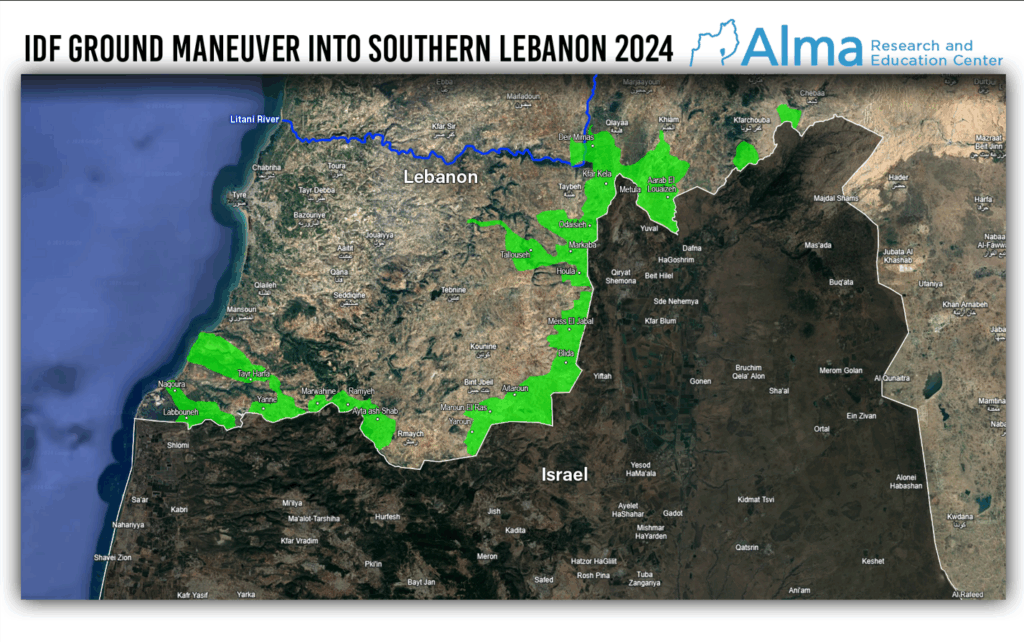
Over 80% of the displaced from southern Lebanon stayed with relatives or host families, a minority managed to rent apartments independently, and a small portion were housed in collective absorption centers. At an earlier stage of the war, estimates spoke of about 45,000 displaced only from southern Lebanon, but the numbers gradually grew as the fighting expanded. Most of the displaced found refuge in cities and areas considered relatively safe – in the northern Tyre district, in the southern Shouf mountains, and in the mountains of Mount Lebanon district. In the city of Tyre alone, over 23,000 displaced were registered.
Another main (relatively) safe area to which the displaced from southern Lebanon arrived was the Bekaa area, mainly the Baalbek–Hermel district. From September 2024, this area became a central destination for Shi’ite displaced persons from southern Lebanon. According to the Lebanese Red Cross and the humanitarian aid fund OCHA, over 35,000 displaced arrived in the Bekaa within less than three weeks. The estimate is that between 40% and 45% of the displaced from all of Lebanon concentrated in the Bekaa during September–October 2024, due to the perception of the area as relatively safe. For example, in the city of Baalbek, more than 10,000 displaced were absorbed within one week, and in Hermel about 6,000.
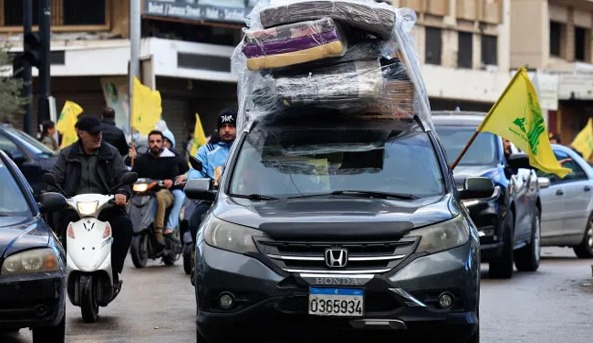
Geographic Breakdown of the Population of Displaced Who Have Not Yet Returned to Their Homes:
Based on cumulative data from recent months, it can be determined that the overwhelming majority of the displaced who remain without permanent shelter and have not yet returned to their homes (about 10 percent of the total displaced during the war period) come from the areas most severely affected in southern Lebanon. The geographic breakdown of the displaced who have not yet returned to their homes points to a clear distribution:
- 45% of the remaining displaced are residents of Bint Jbeil district.
- 19% from the Tyre area.
- 11% from Marjayoun–al-Khiam area.
- 10% from Nabatiyeh district.
- 7% originate from the southern suburbs of Beirut, the Dahiya, mainly areas that were damaged in targeted strikes or were abandoned for fear of a total escalation.
- 8% distributed from other locations across Lebanon.
In conclusion, should the displaced return to the line-of-contact area with Israel and the homes in the border-adjacent villages be rebuilt, it is likely that they will once again be used as a human shield for Hezbollah’s military infrastructure, posing a threat to Israeli communities located only meters from the fence.



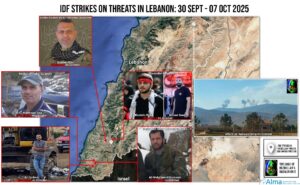
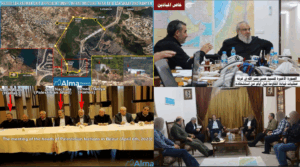
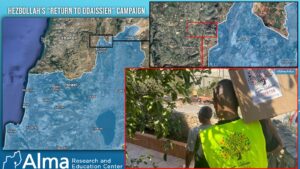
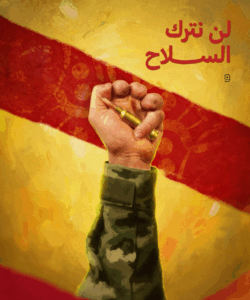
One Response
Dear Tal,
The short answer to your closing question is NO.
Hezbollah must be defeated and removed like a malignant cancer. Otherwise, it will return more aggressively.
Israel must demand Hezbollah’s total defeat and removal from Lebanon, with verified arms destruction, before any agreements can even be considered.
Hezbollah is EVIL. There can be no tolerance of EVIL, or darkness will grow over the land.